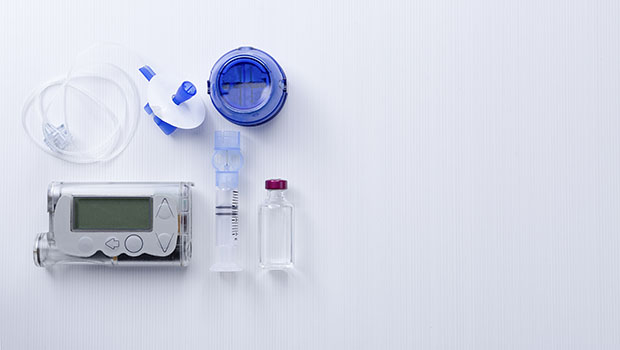12 Ways to Stay Safe with an Insulin Pump

Integrated Diabetes Services (IDS) provides detailed advice and coaching on diabetes management from certified diabetes educators and dieticians. Insulin Nation hosts a regular Q&A column from IDS that answers questions submitted from the Type 1 diabetes community.
Q – Last night I read a post about an insulin pump malfunctioning, which might have resulted in someone’s death. I’ve been thinking about it a lot today and it’s worrying me. Is there anything I can do to prevent life-threatening outcomes?
A – When we live with a chronic condition that requires 24/7 awareness and work, we look for things that will help ease the burden along the way. Technology has made astounding leaps and bounds in diabetes management, especially in the past decade. When we hear about a pump failure or recall, it’s natural to worry. Our lives depend on these things working correctly.
It’s important to understand that we are ultimately the ones in charge of the technology and devices we use. These devices can only do what we tell them to do. The products go through unbelievable testing and retesting in clinical trials before they come to market. That being said, tech failures can happen to any product, from airplanes to insulin pumps.
The best way to avoid problems along the way is to follow maintenance protocol. Never assume that all is working perfectly all the time. Check or test the system frequently.
Here are some tips to stay safe with a pump:
- Change the battery on schedule
- Check the pump body and case for any cracks; call to get replacements if any structural change is noted.
- Change your infusion set at least every 72 hours.
- Check tubing for air bubbles and your insertion site for irritation or bleeding.
- Evaluate your records to ensure that rates and ratios used for the pump are accurate.
- If you’ve upgraded to a new pump, make certain to double-check settings against the old pump.
- If your pump fails, have a backup plan for using injections. Keep an unopened pen or vial of basal insulin handy, as well as a record of the appropriate dose needed to replace the pump’s basal insulin.
- Keep a written record of your current pump settings in case of system failure.
- Keep medical emergency contact numbers in an easy-to-access place, and let family members know where that place is.
- If your blood glucose reading is abnormally high, take a corrective dose of insulin, and test again in one to two hours. If it remains elevated, take an injection to correct the high and change out the tubing, reservoir, and infusion set. Keep a close watch to see if this works.
- Have a ketone testing monitor or urine ketone strips available if elevated blood glucose levels remain.
- If you are using a continuous glucose monitor, set alerts so you can hear them and can receive them in time to prevent extreme blood glucose swings.
Technology is a wonderful tool, and it can sometimes fail us. The risk is minimal, but being prepared to troubleshoot can make the difference between life and death.
Integrated Diabetes Services provides one-on-one education and glucose regulation for people who use insulin. Diabetes “coaching” services are available in-person and remotely via phone and online for children and adults. Integrated Diabetes Services offers specialized services for insulin pump and continuous glucose monitor users, athletes, pregnancy & Type 1 diabetes, and those with Type 2 diabetes who require insulin. For more information, call 1-610-642-6055, go to integrateddiabetes.com or write info@integrateddiabetes.com.
Thanks for reading this Insulin Nation article. Want more Type 1 news? Subscribe here.
Have Type 2 diabetes or know someone who does? Try Type 2 Nation, our sister publication.